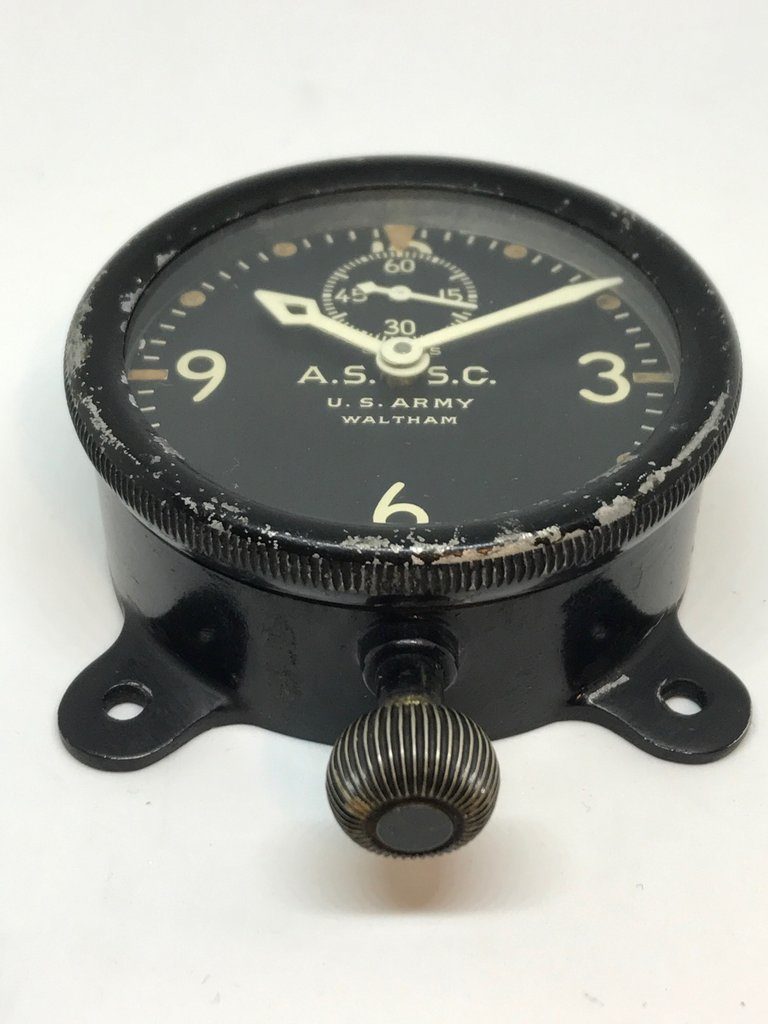In today’s world, watches are often used as a fashion statement or piece of jewelry, although they find their origins in being tools. Just as on ships, they play a vital role in the navigation of aircrafts, especially the older aircrafts, while in bombers, they also served to time the bombraids.
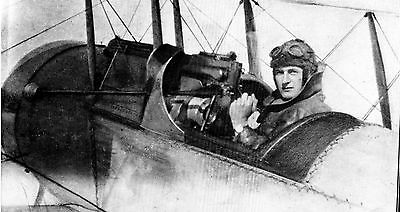
The earliest watches in airplanes were pocket watches that had an enlarged winding stem, so that they could be clicked onto the control panel on the plane. An example of this is the Gallet Mark V that was issued to British Royal Flying Corp (RFC) Pilots during WWI. These watches where amongst the most precious equipment supplied to the pilots and, in case of a crash, pilots were obligated to retrieve the watch so that it could be re-used. Of course, this was only the case when both watch and pilot survived.
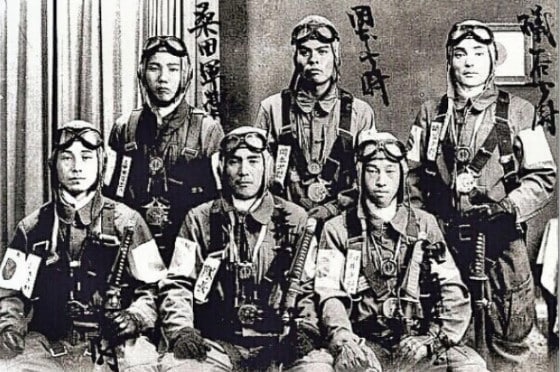
Airplanes developed fast, and it wasn’t long until their clocks where also specifically built for use in aircrafts. The Waltham XA is one of the earliest examples of such an aircraft clock. Issued to US Army Air Service Signal Corp (ASSC) in 1916, which would later turn into the US Army Air Corp and is now known as the US Air Force, it was standard equipment in many planes.
Even Charles Lindbergh had one attached to his control panel in the “Spirit of St. Louis” when he made his historic flight over the Atlantic. It did not differ that much from clocks used in cars or even homes, apart from the fact that the movement was regulated to achieve greater precision.
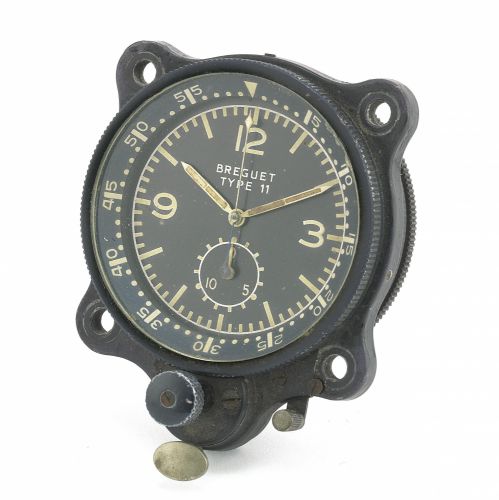
One of the most legendary fighter planes of all times, the Spitfire, was also equipped with an on-board clock. This clock was crafted by British watch and clock maker S. Smith & Sons, who used a LeCoultre movement. WWII showed a great variety in aircraft clocks because each world power had their own. The German Luftwaffe used a variety of German made clocks, including the Junghans Bo-Uk-1 FL23885. In those days we also saw the first aircraft clocks that offered a chronograph function to emerge – in the case of the Junghans, one clock in specific showed a 15-minute interval. This was especially handy to time bomb-raids.
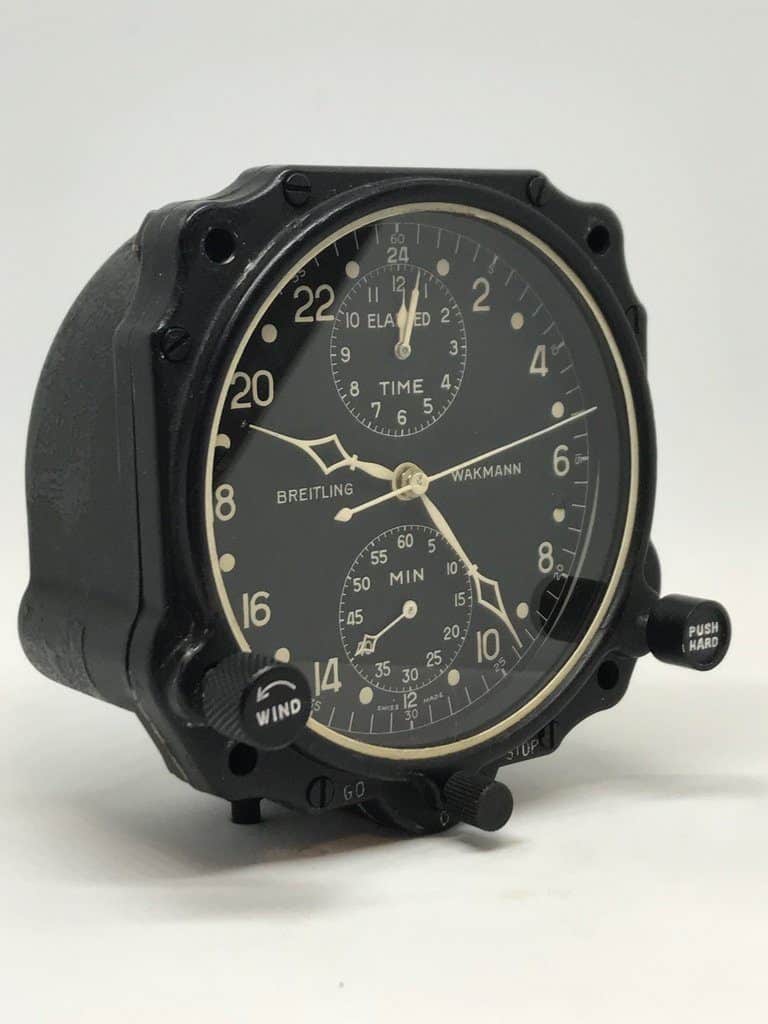
The Japanese used clocks from Seikosa, now known as Seiko, in their aircrafts. A prized possession, Kamikaze pilots often removed the clock from their control panel and wore it around their neck when they flew their suicide mission. Today Japanese aircraft clocks from WWII, like the Seikosa Type 93, are the most sought after, yet the rarest.

The US Air Force equipped their planes with an aircraft clock designated as A1-A. Initially Jaeger-LeCoultre supplied these clocks, but later on Breitling took over through their American importer Wakmann. It was one of these clocks with which Breitling made its impact in the world of aviation, because after WWII, it also became a common sight in many civilian planes. This particular version also shows the development of aircraft clocks, now showing not only the time in a 24-hour format, but also with a chronograph function and a sub-dial indicating the elapsed time. It was a valuable piece of equipment, costing about US $600 in the 1950’s.

From the 1960’s to the 1980’s, the Wakmann A-13A was a popular aircraft watch in both commercial and military planes. Although quite common, they are also amongst the most affordable aircraft clocks and a perfect starting point for those who want to start collecting them. They movements where supplied by both Lemania, as well as Breitling, and offer an almost amazing precision.
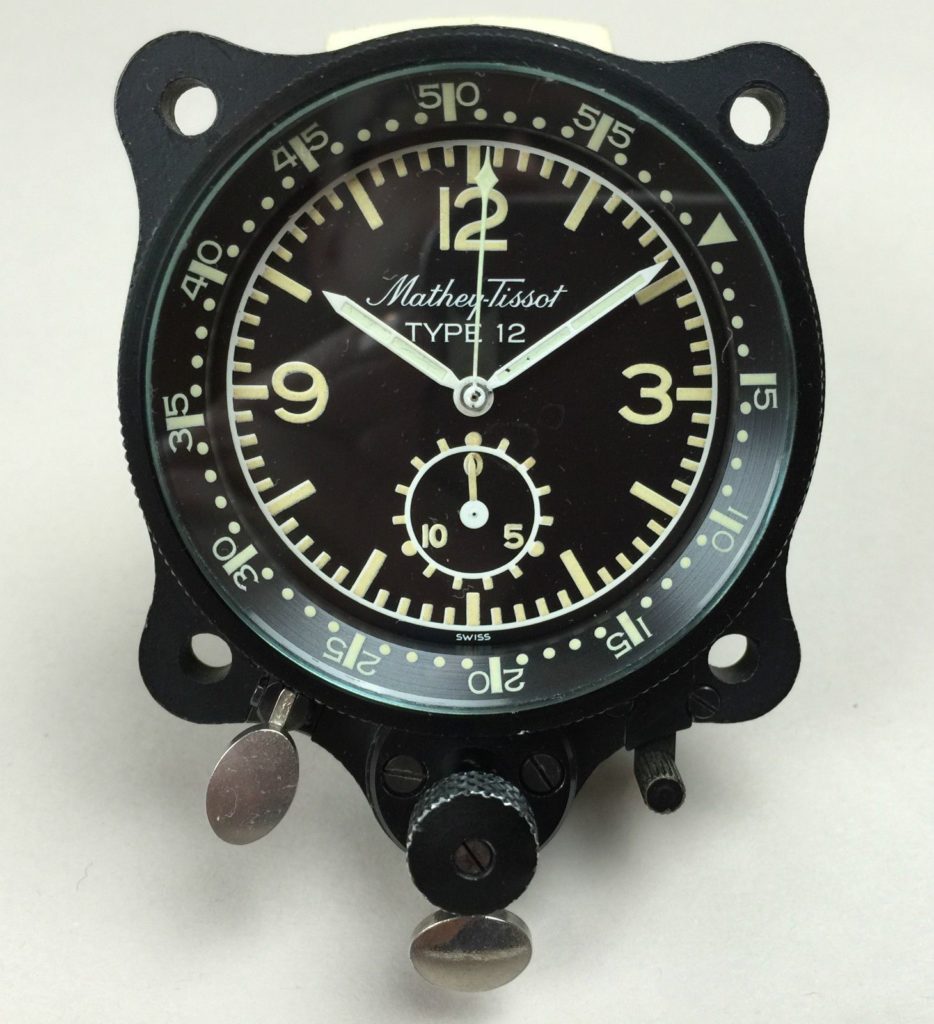
The clock pictured here loses only 2 to 3 seconds a day, when it goes in 8 days from fully wind to completely unwound. What makes this even more exceptional is that this particular clock was fitted in the Saudi Airlines Flight 163, the cargo of which caught fire in 1980 at Riyadh, Saudi Arabia costing the lives of all 301 people on board, making it the sixth deadliest aircraft disaster of all time. The clock was later removed from the wreckage by an engineer from Saudi Airlines, with only a slight haze in the crystal due to fire as damage from the crash. It has never been serviced since.

From the 1970’s to the late 1990’s Breguet and Mathey Tissot, but also Sinn, offered the Type 11 and Type 12 aircraft clock. They both feature a 15-minute chronograph, with the addition of a fly-back function for the Type 12. This means that the pilot only had to press the button on the left to stop, reset, and re-start the chronograph, allowing him to almost instantly start a new timing cycle.
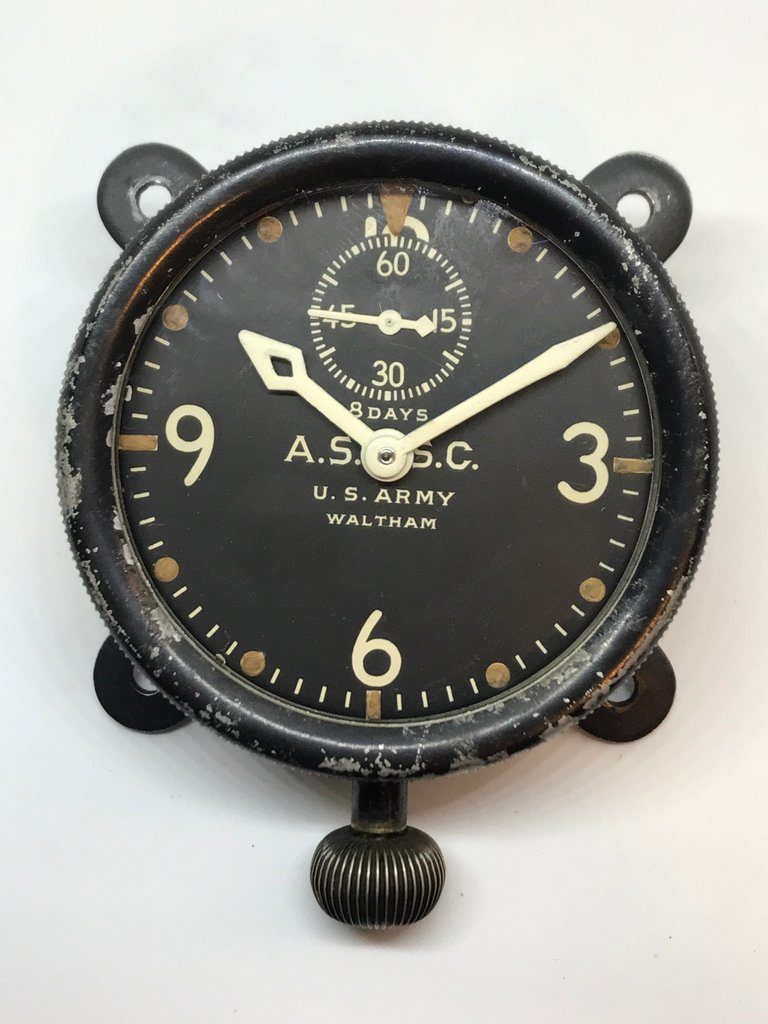
Although mechanical aircraft clocks can still be found in active use, the late 1990’s declared the end of their development, being surpassed by superior digital clocks. This has probably made them only more collectible, because with an aircraft clock people not only buy a piece of aviation history, but watchmaking history as well. Is also offers people the chance to own a piece by some of the most respected names in watchmaking, at prices often far lower then what their wrist watches cost.
